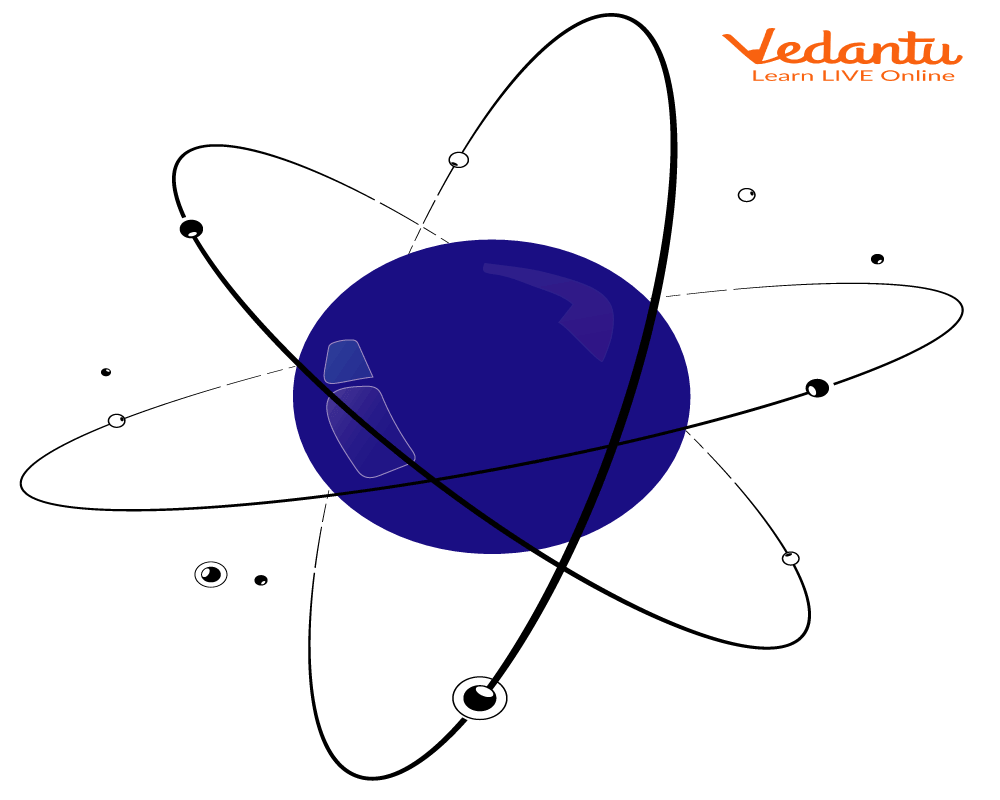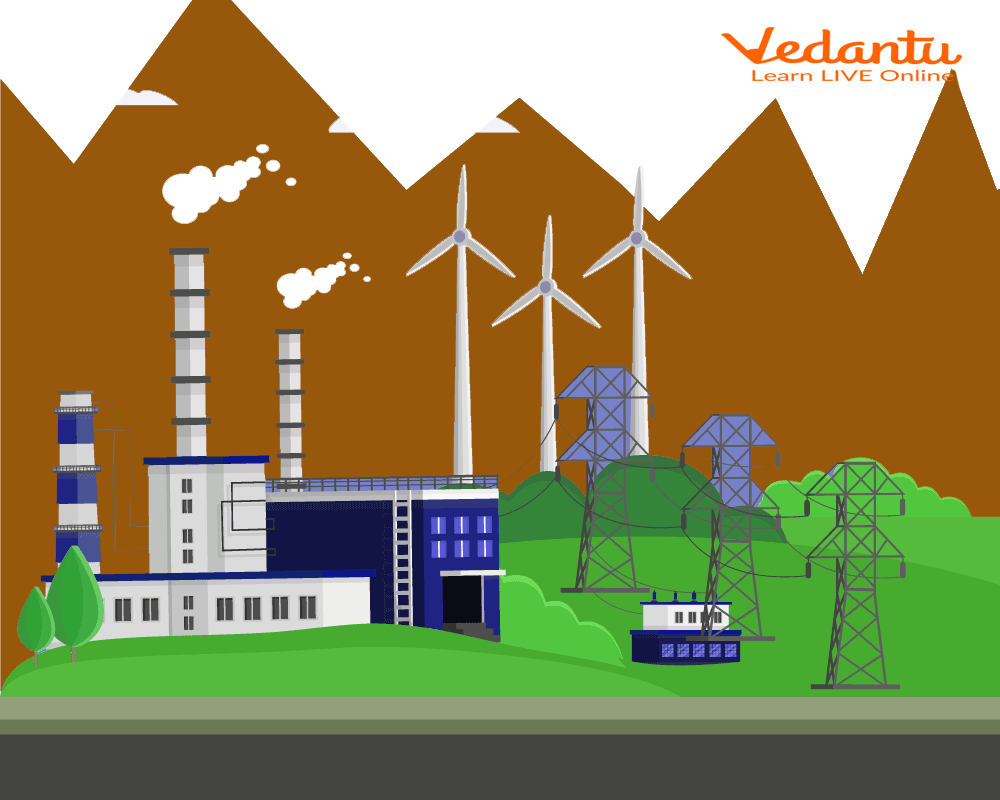




Introduction to Electrical Definitions
Have you ever wondered why we see lightning thunders, glowing bulbs, and beautiful twinkling fairy lights? Well, these occur due to a natural phenomenon called electricity.

Lightning Thunderstorm
In scientific terms, electricity is defined as the flow of tiny and charged particles (electrons and protons). It is the form of energy achieved through the movement of electrons from place to place. Thunder bolting or lightning, as mentioned above, also occurs due to electron flow in the air which releases high energy in the form of lightning.
After several years of research, scientists have discovered how to generate electricity and use it for various purposes. It supplies power to electrical appliances such as heaters, computers, televisions, etc. Today, electricity runs the entire world and makes our lives comfortable.
To know more about electricity and electrical terms, keep reading the article.
How is Electricity Generated?
Every object in this universe contains tiny particles called atoms. Each atom further consists of small particles called electrons and protons. They revolve around each other continuously.

Atom
A proton has a positive charge, whereas an electron has a negative charge. Unlike charges, positive and negative attract each other. However, like charges repel. For example- two positive or negative charges will repel, whereas one negative charge
and one positive charge will attract. Electricity generates when electrons move in a to and fro motion (pushed and pulled) from atom to atom.
What are the Basic Electrical Terms to Understand?
It is crucial to know the basic electrical terms to understand electricity better. These include;

Bulb
Ampere - It is the standard unit of electric current. It is written as 'amp'.
Cell - It is an electrical device that generates electrical energy from chemical energy. It has two terminals, one positive and another negative. Electric current flows through a device when the terminals are connected to it.
Batteries - A battery is a group of two or more cells connected. They come in different sizes and shapes. They provide power to various portable devices such as laptops, cell phones, wristwatches, hearing aids, flashlights, etc.
Conductors - These materials allow electricity to pass through them. Some examples are copper, iron, etc.
Insulators - These materials do not allow electricity to pass through them. Some examples are wood, rubber, etc.
Electric Circuit - It is an interconnection of electric devices, including a battery or cell, wires, a switch, and an electric object like a bulb.
Voltage - It is an electric force that makes electrons move in the circuit. It has a standard unit called 'volt'.
Power - It is the amount of electric energy transferred to an appliance. Its standard unit is 'watts'.
Some Facts About Electricity
Here are some interesting facts on electricity:
Electricity can travel as fast as light, which is 3,00,000 kilometres per second. That is why we get electric shocks quickly.
A single lightning thunder lasts for a few seconds due to high voltage.
A static electricity spark comes with a voltage of 3,000 volts or more.
LED bulbs consume less power compared to conventional bulbs.
Electricity contracts cardiac muscle cells to generate a heartbeat.
A plugged appliance uses power even when the switch is off.
An average laptop uses up to 20 watts, and a desktop works at more than 80 watts.
Summary
Electricity occurs by the motion of electrons. It can be generated naturally or artificially. It provides energy for electric appliances to work. However, it can be dangerous in case of negligence. It can cause shock, burn injuries, and even death in some cases. Hence, parents or elders must ensure to keep their children away from its reach.

Electricity Applications
FAQs on Electricity
1. What is static electricity?
Static electricity is a collection of electric charges on a surface. These charges stay on the surface and do not move from one place to another. They generate when two surfaces are rubbed together due to an imbalance of charges. One of the objects develops a positive, and another develops a negative charge. For example, if we rub our feet on the carpet or two balloons together, these make static charges. Static electricity is used in photocopy machines and printers to attract ink droplets. Other uses include dust removal, paint sprays and air filters.
2. What are some sources of electricity?
Electricity is generated through two types of sources; renewable and non-renewable.
Renewable Sources - These resources do not finish from the earth. This means they can be used continuously and naturally. The energy sources never run out. For example, solar energy, wind energy, biomass energy, geothermal power, etc.
Non-Renewable Sources - These resources can finish from the earth due to extensive use. This means they cannot be replenished once depleted. Some examples include coal, oil, gasoline, etc.
3. What are the four types of electricity sources?
The four types of sources of electricity are:
1. Static Electricity
2. Current Electricity
3. Hydro Electricity
4. Solar Electricity









